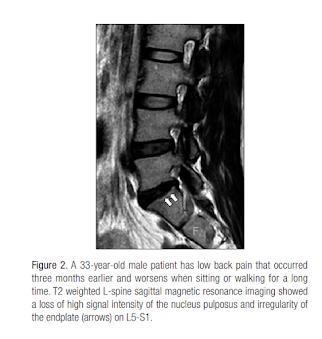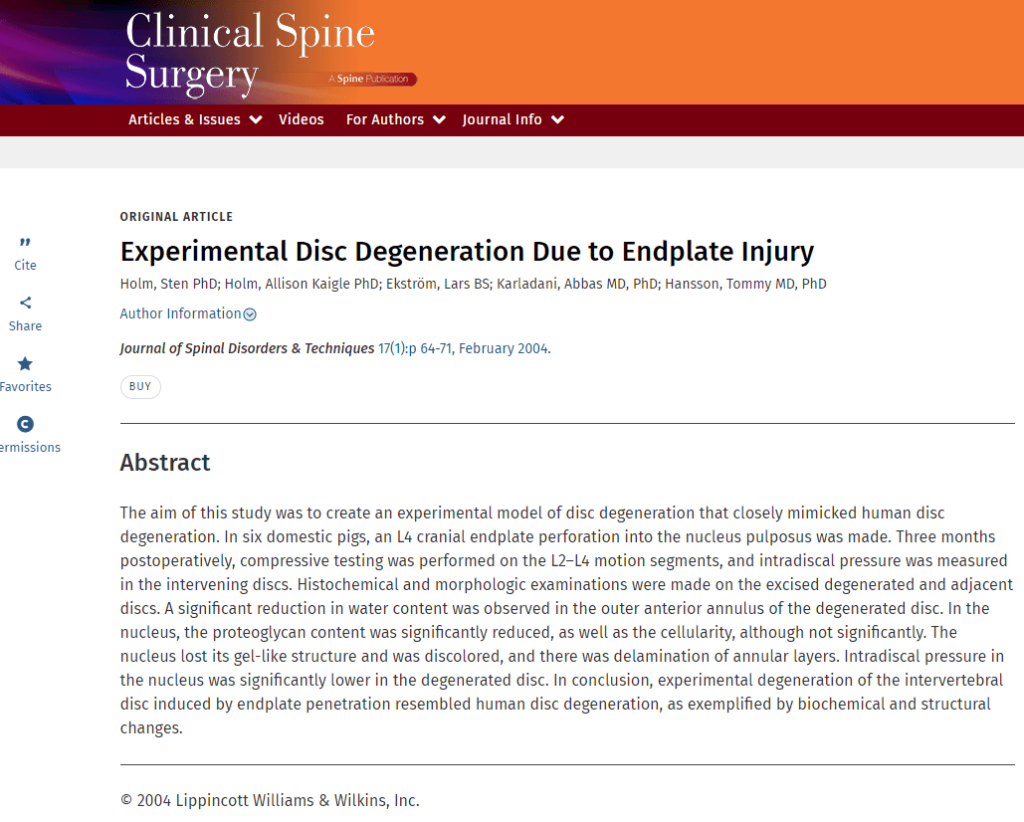
Back pain with Coughing and Sneezing
As the weather warms up, people are flocking to various parts of the city for spring outings. Spring is a season to enjoy the warm sunshine and blooming flowers, but one must be cautious of yellow dust, fine dust, and pollen, as they can not only affect the respiratory system but also have adverse effects on spinal health.
Yellow dust, fine dust, and pollen stimulate the respiratory system, causing sneezing. Especially for patients with allergic rhinitis or pollen allergies, the frequency and intensity of sneezing increase, requiring extra caution. When sneezing, there is a momentary increase in abdominal pressure, causing contraction of the lower back muscles and tension in the ligaments. If frequent sneezing leads to repeated muscle contraction and ligament tension, it can eventually result in damage, potentially leading to lumbar sprains.
Elderly individuals should be wary of vertebral compression fractures. Vertebral compression fractures occur when the spinal bones are flattened due to external impact. Sneezing alone can cause vertebral compression fractures, leading to bone fractures. This is especially concerning for those with osteoporosis. While these fractures typically occur from heavy objects falling from above or severe impact to the lower back, individuals with weakened bones due to osteoporosis may experience fractures even from intense sneezing. Therefore, if there is severe pain to the extent of immobility after sneezing, it is advisable to visit a hospital to confirm whether a fracture has occurred.
Endplate Fracture
The endplate consists of two thin plates situated at the top and bottom of the disc, positioned between each vertebral bone and the disc. The endplate provides nutrition to the disc and contributes to the stability between the disc and the surrounding vertebral bones.
An endplate fracture or injury tends to be more painful and persistent than typical discogenic lower back pain. Typically, the occurrence of an endplate fracture or injury precedes disc or annular tear and often happens when bending the waist forward. However, in the case of an endplate fracture, the injury occurs when strong pressure is applied to the abdomen during sneezing or coughing, causing the disc to be compressed between the vertebrae above and below.

https://jkoa.org/pdf/10.4055/jkoa.2021.56.4.283

As Endplate comprises of different structural tissue compared to the annulus, it takes longer to heal. Also the pain is more severe, almost similar to the pain of a vertebral fracture.

https://pubmed.ncbi.nlm.nih.gov/14734978/
A study performed in 2004, drilled a hole into a pig’s spine and saw that it healed in about 3 months. Of course, humans are different to pigs but this is the closest evidence that we have so far. So we expect in about 3 months, an endplate injury would heal and have at least some sort of improvement. If there is no improvement, there must be some sort of factor that is causing repetitive damage to the spine, whether it is of an internal problem or an external problem is to be examined by the patient and the practitioner.
